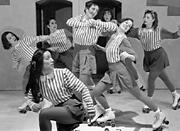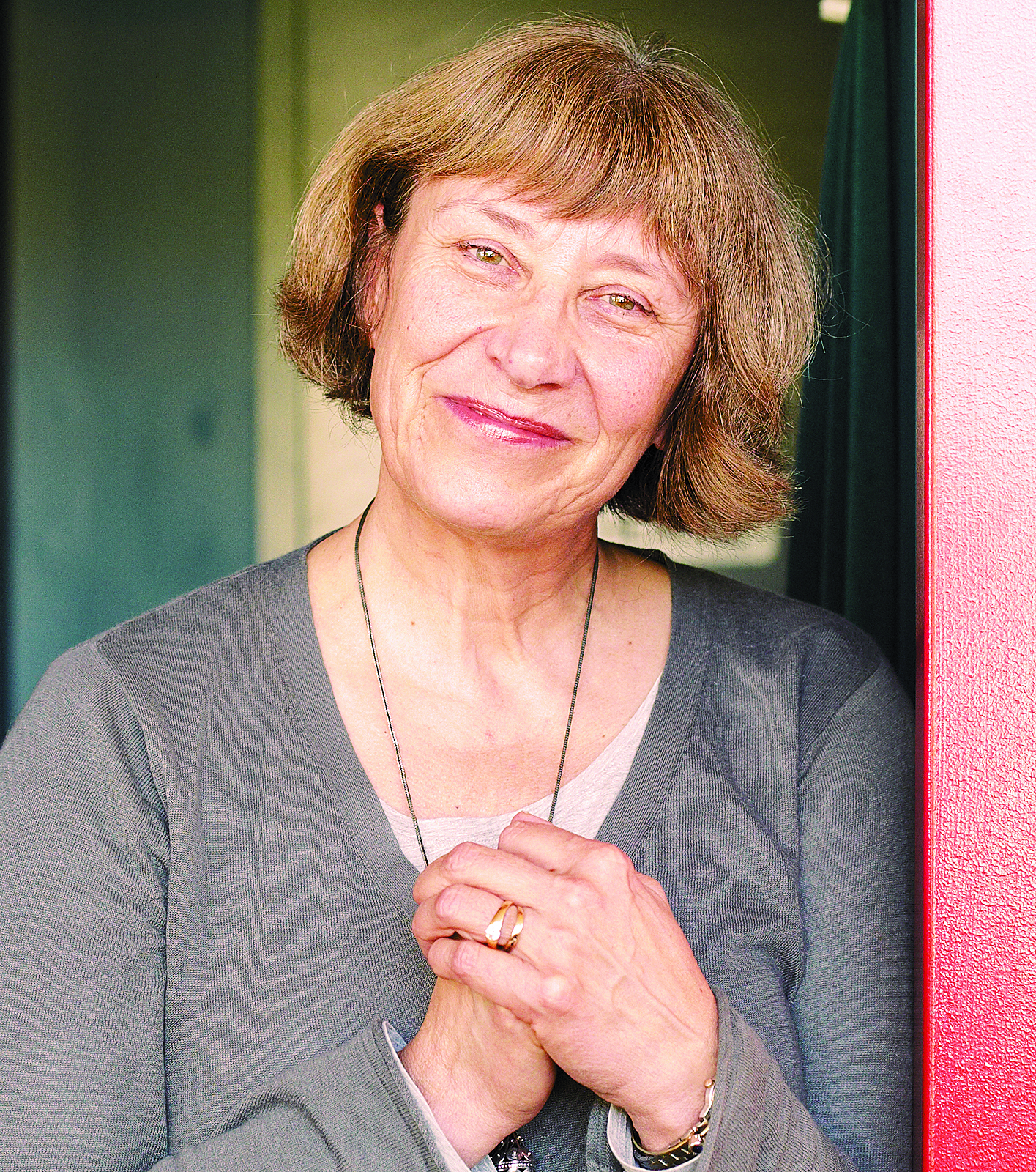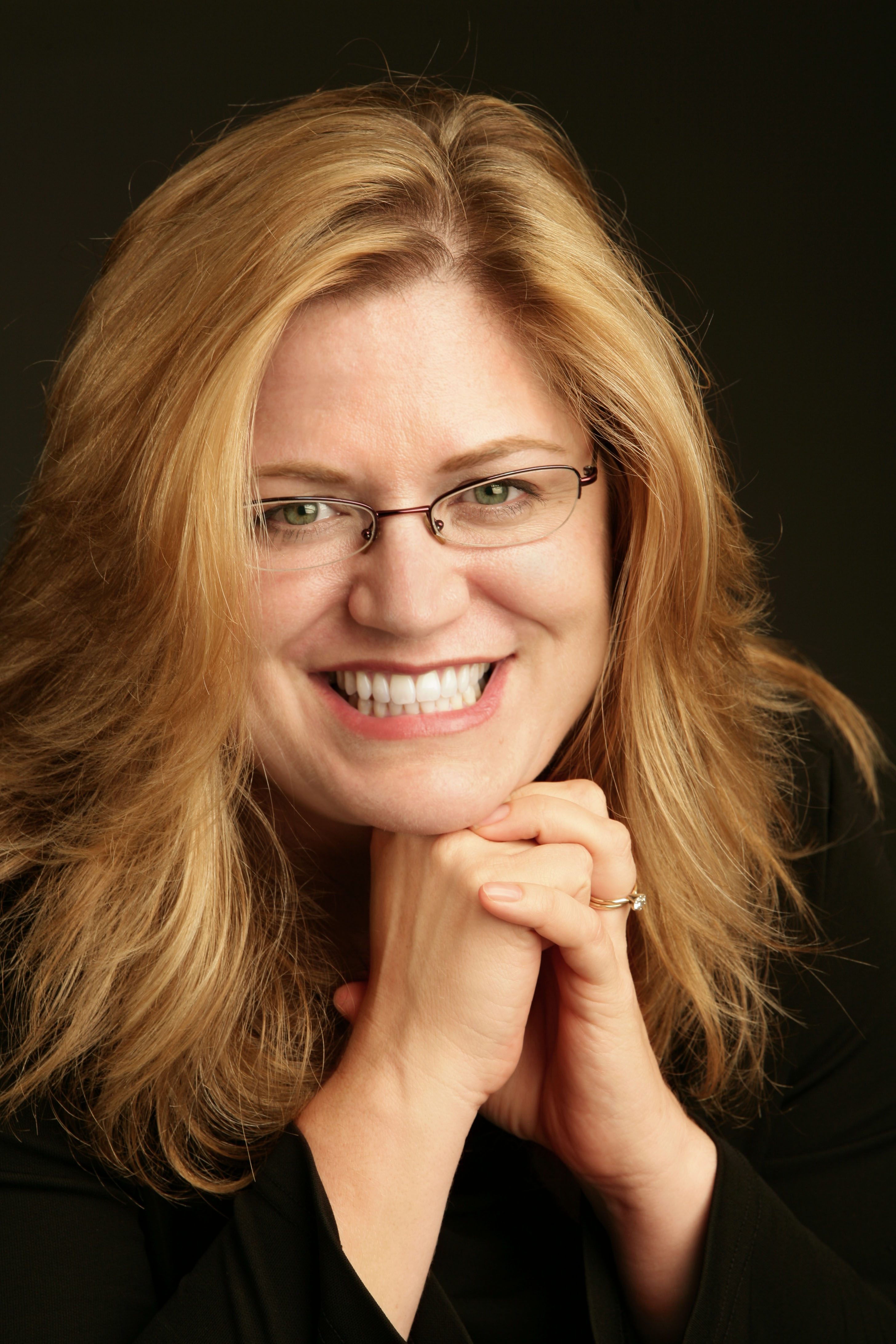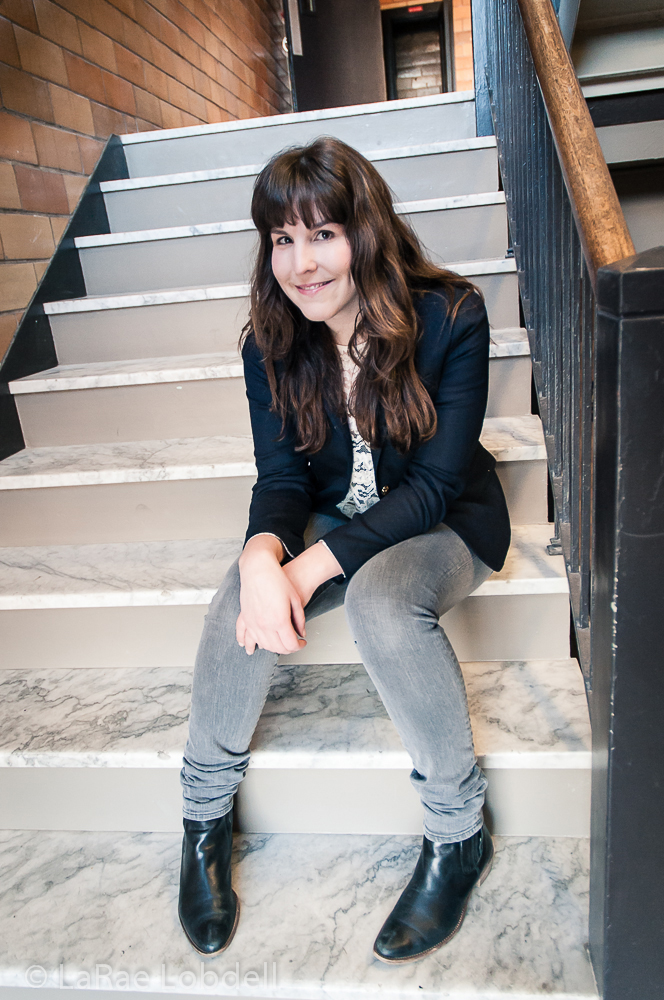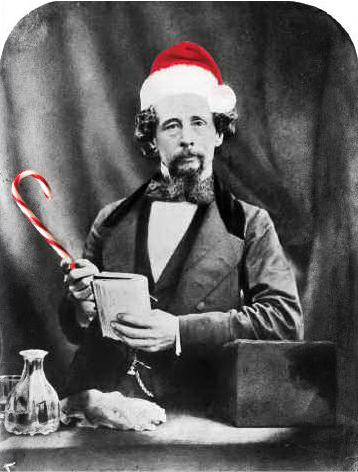DIRECTOR NIKKI Appino is very good when it comes to issues of trust. As someone who works hard to inspire confidence in her projects, she’s been rewarded by longstanding relationships with many of Seattle’s best actors, musicians, and set designers. But when her two main co-collaborators, Kevin Joyce and David Russell, originally heard over a year ago that her next big project was going to be a retelling of the myth of Orpheus and Eurydice played out in a roller derby, they had to admit to some skepticism.
Rain City Rollers
House of Dames, Sand Point Naval Station June 2-July 2
“When she originally approached us, she said, ‘All I know is that it’s 10 chicks on skates and it’s the myth of Orpheus,'” says Joyce. “And I thought, ‘What the hell?’ But the further we’ve gotten into it, the connections all seem to be valid, and the integrity of the work that’s gone into it is to me unquestionable.”
“I’m not sure what we have wrought at this point,” says Russell. “It’s been a whole lot of fun, though, lots of drinking coffee and beer and talking about big ideas with people who are really smart.”
Rain City Rollers was originally inspired two years ago by Appino’s reading the obituary of Joanie Weston, the original “Blonde Bomber” and the first superstar of the sport, a veritable Amazon of a woman who also played in the Women’s Baseball League of the 1940s. Most people associate roller derby with the ’70s, but it actually originated in the 1930s as an endurance sport in which skaters would continue around a track for a marathon distance till they dropped out from exhaustion. Sometime after it began, however, a couple of canny promoters noticed what a crowd-pleaser the inevitable pileup was, and soon afterward what Appino likes to call “the first elbow” was thrown, transforming the track into a violent team sport.
As to how this material was going to match up with the Greek myth, Appino wasn’t necessarily sure herself at first, but all three talented creators agree that the longer they’ve worked on the show, the clearer the connections have come. Scripts were developed using actors in improvisations, and over 14 months of workshops a style developed that Appino describes as “something between a ‘golly gee’ ’30s musical and Studs Terkel’s Hard Times.“
Appino’s stellar cast includes Susanna Burney, Martha Enson, Sarah Harlett, Tina La Padula, Amy Maguire, Christina Mastin, and both Joyce and Russell, among others, as well as live music and original choreography by Wade Madsen. One of the most unlikely performers is veteran Seattle actor Marjorie Nelson, who was so impressed with a workshop she saw of the show that she asked Appino if she could take part. “‘I’ll be the sweeper, I’ll be the laundrywoman, whatever,’ is what she told us,” recounts Joyce. “So at first, when we were still working out what her role was going to be, we referred to her as ‘the Sweeper.’ As it turned out, she’s absolutely integral to the show.”
AS WITH MANY of Appino’s earlier projects, what’s even more amazing than the artists involved or the scale of this project—in which the audience sits in a set of bleachers in a converted warehouse at the former Sand Point Naval Air Station as the action swirls around them—is that her work is taking place outside of a major subsidized theater. “When I came back from the East Coast in ’91, I had this epiphany that despite loving institutional theater, it wasn’t where I wanted to be. I want to generate work, make big weird theater. So, great. Who’s gonna fund that? But since then there’s been a steady growth in resources, in material, in assistance from people, in reputation. Still, we’re doing a show with a quarter-million dollar budget on $150,000. The rest is in-kind and other donations.”
Appino’s greatest concern is that the resource she’s drawn on more deeply than any other is the energy and creativity of her fellow artists, which in a theater community that’s done such a poor job of providing paying work is a dangerously finite resource. “The people that we’re tapping out is each other. And it means that we’re all getting really tired.” (Particularly when the show in question is so large in scale and so high-energy.) “The middle level of theater in this town has just collapsed, and if the leaders in this community aren’t willing to help step in, the wonderful talent we have right now will continue to drift away. I see my work as subversive, not only because it’s an unconventional approach to some unconventional material but because it’s a challenge for our major funders and artistic leaders to work harder to find work for local artists.”
Appino has already begun thinking about her next project, an original piece about Mata Hari, which she’ll begin developing after Rollers. But for now, her concentration is absolute on making sure that her wild reinvention of a tragic love story is just as fun, and just as unconventional, as it sounds in conversation.
